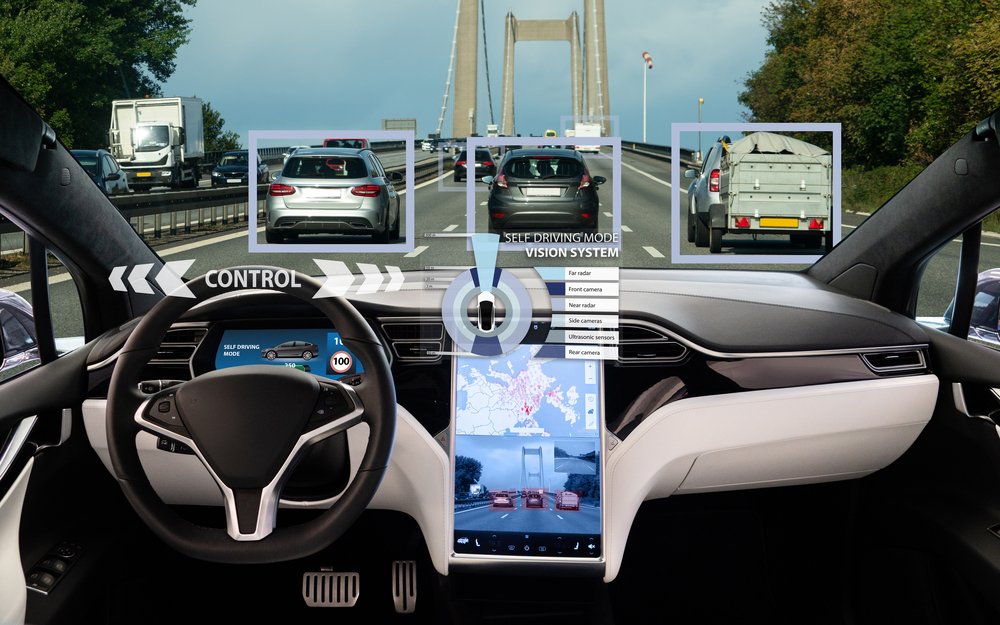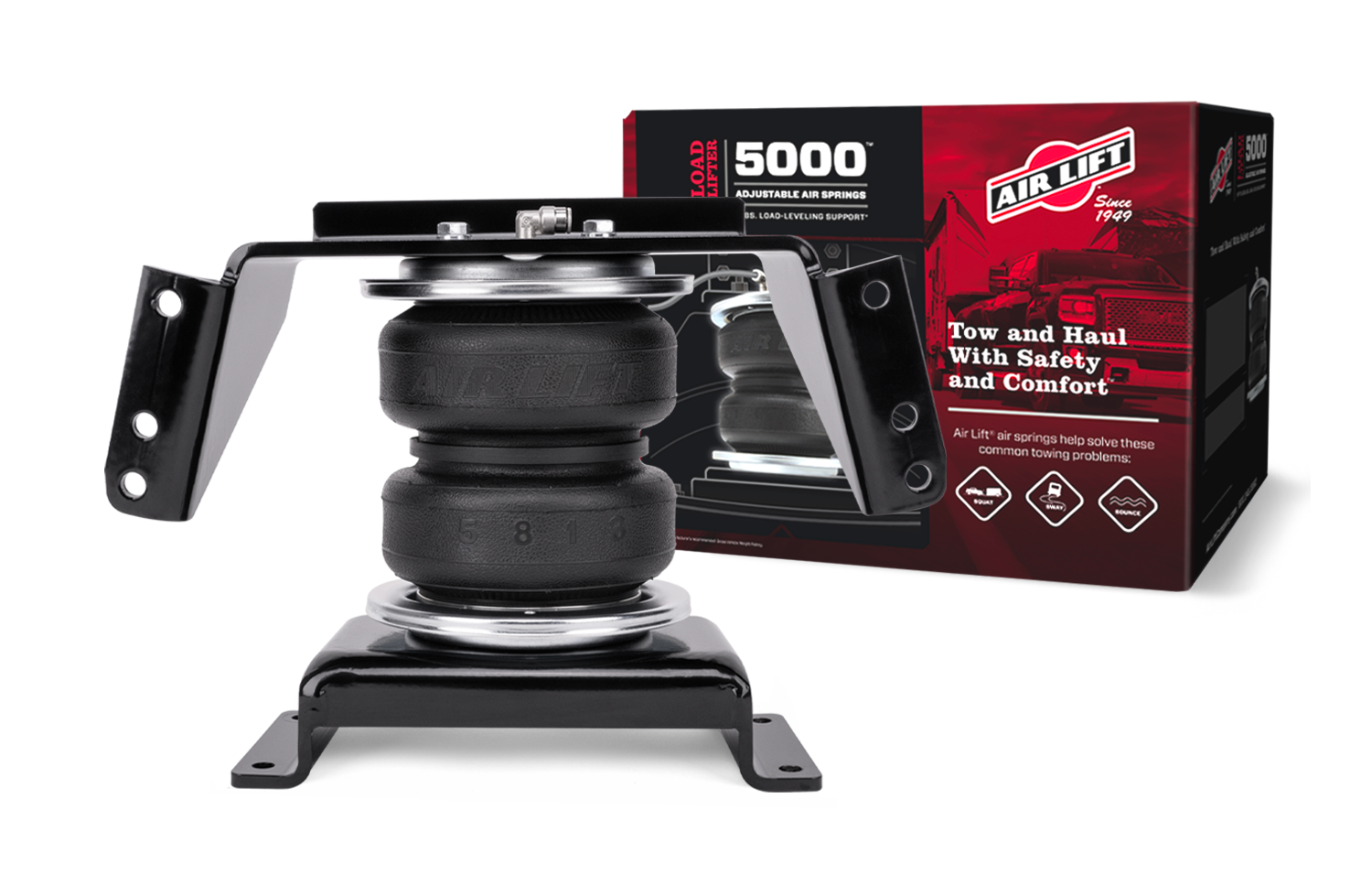
Some automakers are pushing forward with self-driving technology in their vehicles and consumers are looking for the technology sooner rather than later — but some leaders in the space are pushing for a slower approach.
For Shawn Kerrigan, co-founder & COO at Plus, an autonomous technology company, ensuring all the I’s are dotted and T’s crossed is essential for any successful implementation of self-driving vehicles.
“I think one of the things that’s also important across every region we operate in is the sense that this technology needs to be deployed progressively. It’s not something that you can just flip a switch and deploy it at scale in the next year or two,” he said at the recent Collision Conference in Toronto during the panel discussion Two Perspectives on Autonomous Vehicles.
“It’s something that you really have to prove out the safety and reliability of your system, in addition to really driving down costs today get it really economically deployed.”
Kerrigan’s more cautious approach is different from Tesla, moderator Jim Motavalli, contributing automotive journalist at Autoweek, pointed out. The brand that leads in electric vehicle sales tends to push vehicles out first and then fix issues as they arise.
Panellist John Hayes, CEO of autonomous software company Ghost Autonomy, observed that demand for self-driving technology is there.
“Ultimately, what consumers told us they wanted is that they expected to have autonomy in the next car they buy,” he said.
So the push is on developers to bring that technology forward. But, Kerrigan reminded attendees, the artificial intelligence behind autonomous vehicles behaves differently when operating a vehicle than humans do.
“For AI systems, controlling the vehicles is relatively easy,” he said. “It’s about: Are they going to understand the different scenarios are they going to make the right decisions? And so to really be able to prove that, it’s important to see a tremendous number of scenarios.”
And the number of potential scenarios is great. AI systems have plenty of work to do to learn the countless situations a vehicle may be placed in and until that happens, autonomous vehicles won’t grow to scale, he added.
“There was this expectation that it was going to happen overnight in just a couple of years. That was the expectation,” Kerrigan said.












Leave a Reply